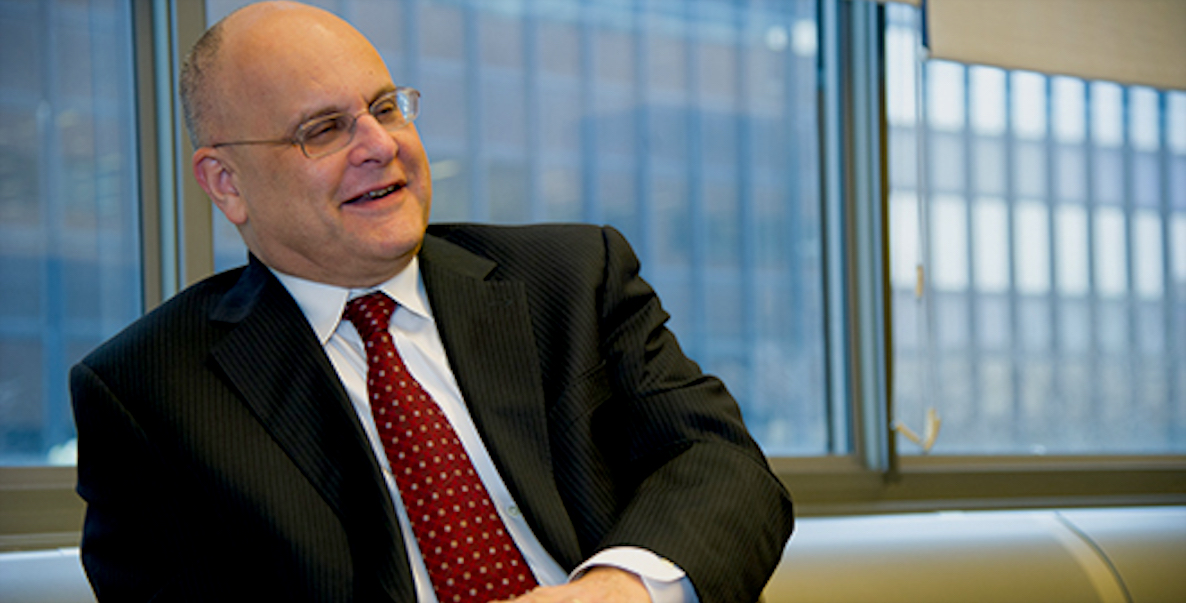If there’s one universal truth about gentrification, it’s that there are no universal truths about gentrification.
Last Monday, a new study from the Federal Reserve Bank of Philadelphia found that gentrification’s bad rap for causing displacement and inflating real estate prices may be overstated—and that Philly neighborhoods are not gentrifying as rapidly as other cities’. Whereas in D.C., for example, 40 percent of neighborhoods are gentrifying, in Philly that figure is just 11 percent.
Of course, in the neighborhoods where gentrification happens, it can be devastating. And the wisest developers know that to have the most positive effects on a neighborhood as it changes, you have to both take your time—rushing favors no one—and involve the community. That ethos underlies every aspect of the work of Women’s Community Revitalization Project (WCRP), and made the nonprofit a natural winner of the $50,000 Jeremy Nowak Urban Innovation Award in February. The Award, funded by Spring Point Partners, was named in honor of The Citizen’s chairman after Nowak’s untimely death last July.
Nowak—founding director of The Reinvestment Fund, former head of The William Penn Foundation, co-author of The New Localism: How Cities Can Thrive In The Age Of Populism— —was as much of a critic as he was a cheerleader for our city. He believed in smart solutions and tackling problems head-on. He would have no doubt approved of the work WCRP has done throughout Philly: Since Nora Lichtash founded it in 1985, it has invested $90 million in communities, and built or rehabbed 282 homes, all of which are kept permanently affordable.
Stay updated on WCRP's workDo Something
This spring, with the help of the Urban Innovation Award and coming off of a successful project in Point Breeze, WCRP turned its focus to development in Grays Ferry—thoughtfully, strategically. The group is working with community groups and residents to create a neighborhood plan that can serve a couple purposes: It will identify several parcels of land that can be turned by WCRP or others into perpetually affordable housing and commercial space. It can also serve as a template for elected officials and private developers of what neighbors want and need in their community—a way to put current residents into a conversation that often happens without them.
In April, WCRP kicked off the first in a series of monthly meetings looking at how City maps of vacant or available land and buildings compare to actual vacancies and opportunities. Dubbed “ground-truthing,” it’s a process that has tasked teams of reps from neighborhood community agencies with pounding the pavement, maps in hand, to reconcile map-facts and reality.
“It really takes doing this research to understand how quickly the terrain is moving, and it’s going to help people think about how to ask for what they need from the people who make decisions about that,” Clark says.
“There are definitely a couple of spots where the maps said there was a ton of vacancy, and we got there and there are construction trucks or there’s already a basement poured or a new three-story development that has happened. Development is just happening faster than the city’s tools can keep up with. And so after we did a bunch of this ground-truthing we realized that there was significantly less vacancy than we thought,” explains Christi Clark, WCRP’s organizing director.
About gentrificationRead More
WCRP will devote its July meeting to continuing the reconciliation process, and in the fall will invite community members into the conversation, starting with a survey about how they would like available land to be used. Right now, anything is on the table with affordable rental options of particular interest. By the end of 2019, they’re aiming to have a plan to share with their councilmember, Kenyatta Johnson, and the Philadelphia Land Bank, to help identify next steps beyond that.
“While folks think home ownership is valuable, they really wanted to see what we could do in terms of bringing more affordable rental housing to the neighborhood,” Clark says. “We want to bring [the survey] to neighbors and say What’s your vision for what happens on this land, so that we can really start looking at community-engaged land use.”
About Jeremy NowakRead Even More
After years spent in Eastern North Philly, WCRP a couple of years ago moved to Point Breeze—neighboring Grays Ferry—where it plans to build a 33-unit low income rental complex, and five new homes for low income buyers that will remain affordable in perpetuity. That, like all of WCRP’s work, came about after a years-long process of working with residents and neighborhood groups to determine their needs.
This process, Clark says, is as important as the finished product. “It actually gives people an opportunity and some tools to take a look at how quickly the neighborhood is changing,” she says. “People can see construction, but they can’t see land purchases; it’s not something you can see with your eyes. And it really takes doing this research to understand how quickly the terrain is moving, and it’s going to help people think about how to ask for what they need from the people who make decisions about that.”
It’s a process that, from idea conception to building completion, can take years—and that’s a good thing, a mindful thing, the right thing in terms of developing neighborhoods in the best interest of neighbors, and for the long-term benefit of Nowak’s beloved Philadelphia.
Photo via Women's Revitalization Project












